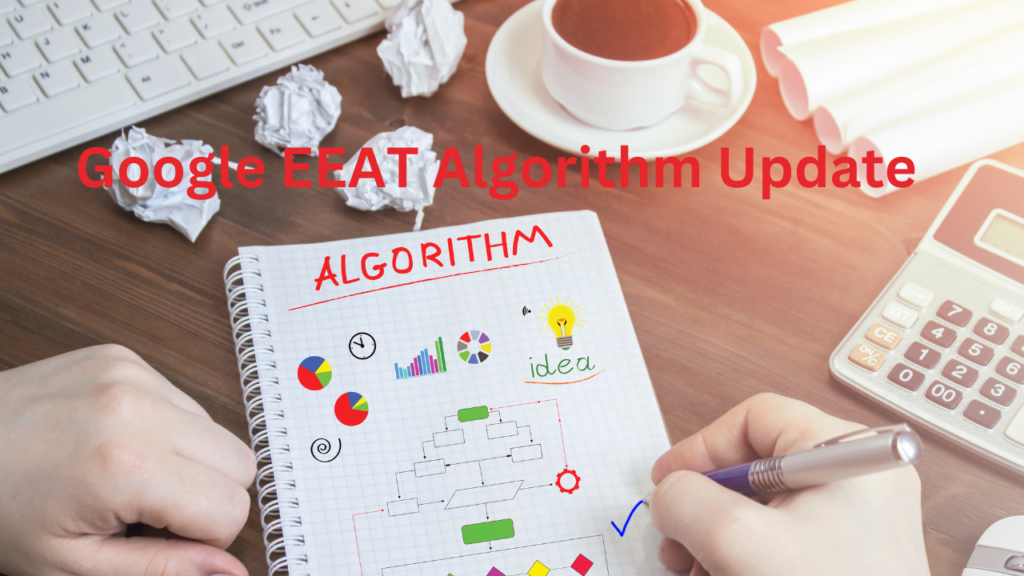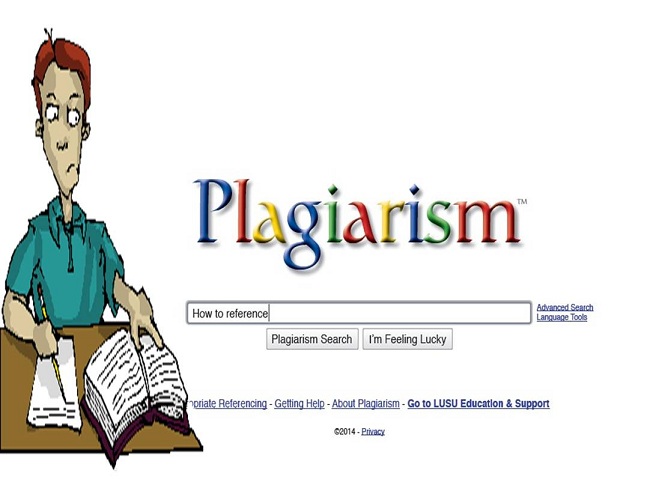What is Google EAT, Full Form, Guideline
Google keeps launching new algorithms from time to time. Under these algorithms, Google’s main goal is to provide authentic information to its users in less time. Along with that, Google aims to enhance its search engine in such a way that users can easily reach accurate websites. While all Google updates consider user experience, the most significant impact of these algorithms is often seen on websites. Either a website’s ranking improves significantly or it drops drastically. This is why it’s essential for those working with websites to stay informed about Google’s new algorithms.

The digital world is evolving rapidly, and search engines like Google consistently update their algorithms to match user expectations and to ensure the quality of the content they deliver. The EEAT update to Google’s Quality Rater Guidelines is one such evolution, prioritizing not just the expertise, authoritativeness, and trustworthiness of content but also the real-world experience of content creators.
Understanding EEAT
EEAT stands for Experience, Expertise, Authoritativeness, and Trustworthiness. Each component of EEAT serves as a pillar for Google’s approach to assess the quality of web pages:
- Experience: Google is emphasizing the value of content created by individuals with firsthand experience. Personal anecdotes, case studies, and empirical evidence are key indicators of valuable experience.
- Expertise: The level of knowledge the content creator has in the relevant field. This doesn’t always mean formal qualifications; practical expertise on a topic can also hold significant weight.
- Authoritativeness: It’s about the credibility of the author and the website. A site or author is considered authoritative if they are recognized as a go-to source in their field.
- Trustworthiness: This factor evaluates the accuracy of the content, the legitimacy of the website, and the safety of the user’s experience on the site.
Significance of the EEAT Update
The update indicates Google’s dedication to combating misinformation, especially in YMYL topics. It ensures users receive content that is not just informative but also from experienced and credible sources. High EEAT scores likely translate to better search rankings.
How to Optimize for EEAT
- Cultivate Experience:
- Encourage content creation by professionals or individuals with direct experience.
- Share stories, case studies, and personal experiences to enhance the value of your content.
- Demonstrate Expertise:
- Highlight qualifications, credentials, or relevant life experiences of content creators.
- Publish in-depth guides, tutorials, and data-backed articles.
- Build Authoritativeness:
- Engage in industry discussions, forums, and networks to build a reputation.
- Collect reviews, testimonials, and endorsements from reputable sources.
- Gain mentions and features on authoritative publications.
- Ensure Trustworthiness:
- Implement HTTPS to secure user data.
- Be transparent about who is responsible for the content and how the site generates revenue.
- Regularly update content to keep it current and accurate.
- Make contact information easy to find.
Tips for Content Creators
- Write What You Know: Create content within your wheelhouse of experience.
- Source Credibly: Link to authoritative sources to bolster the trustworthiness of your content.
- Transparency: Be upfront about any biases, potential conflicts of interest, or sponsorships.
- Update Often: Keep your content fresh and reflective of the latest information and trends.
Addressing Challenges
- Small Businesses and New Creators: Newer websites and small businesses might find it challenging to compete with established authorities. Focus on niche topics where you can demonstrate unique experience or expertise.
- Technical and Security Aspects: Trustworthiness includes user security. Small websites should ensure technical SEO and security practices are up to date.
Monitoring and Adjusting
- Analytics: Use tools like Google Analytics to monitor how changes affect your traffic.
- Feedback: Encourage user feedback to identify areas for improvement.
Conclusion
Google’s EEAT update is a step forward in providing high-quality, trustworthy content to users. It reinforces the importance of content quality and the credibility of content creators. Adapting to EEAT means a commitment to excellence and transparency in every aspect of content creation and website management. By focusing on these areas, content creators and website owners can improve their visibility in Google search results and offer real value to their audience.
Other Articles



![Google Discover क्या है कैसे कार्य करता हैं? Google Discover [Feed] In Hindi](https://www.deepawaliseotips.com/wp-content/uploads/2020/03/Google-Discover-in-Hindi.jpg)